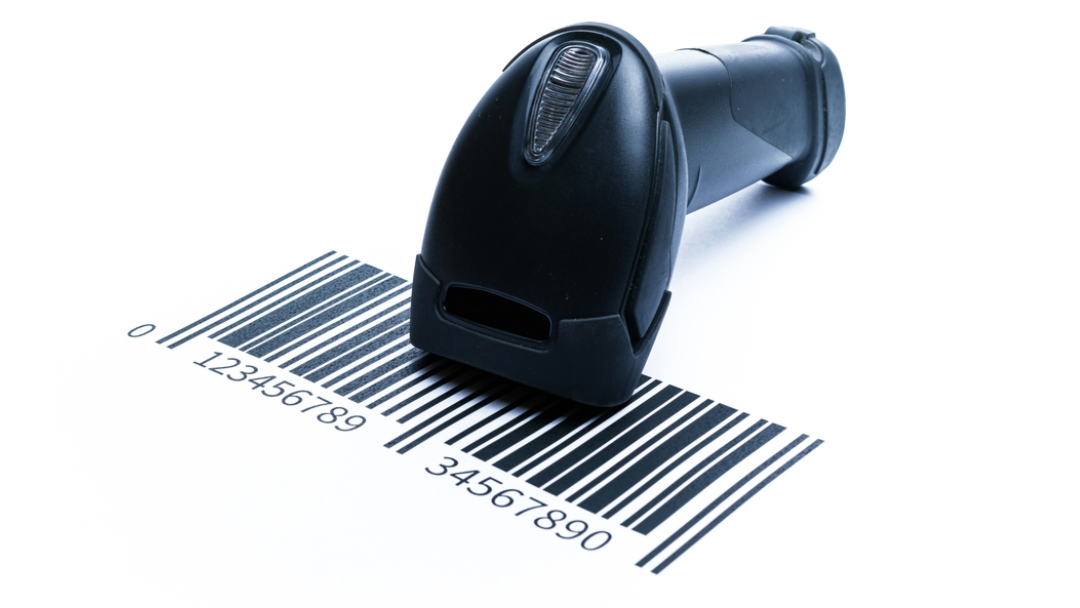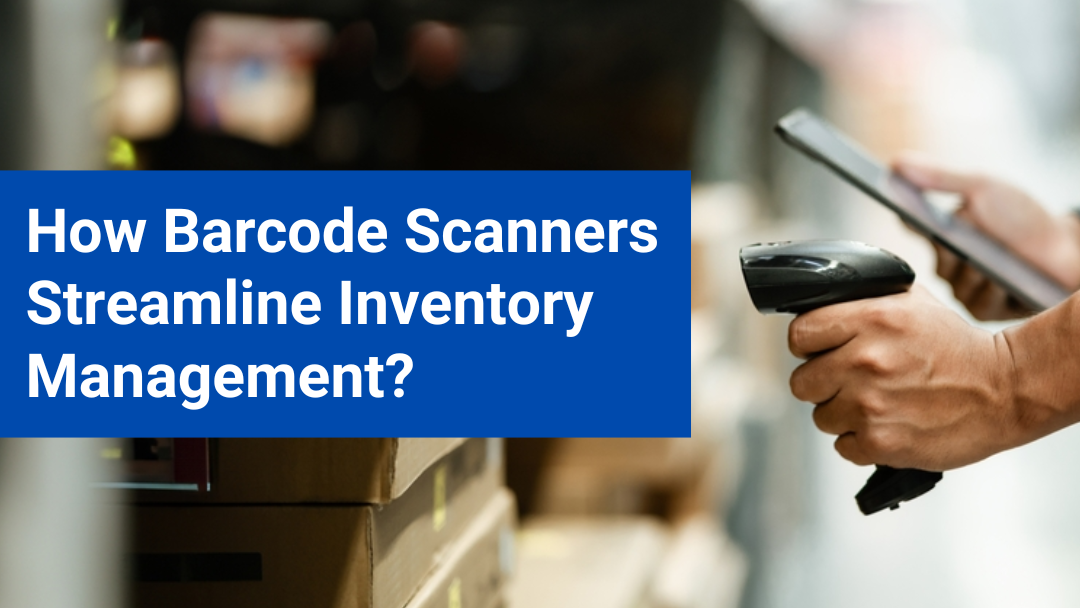How Barcode Scanners Streamline Inventory Management?
Efficient inventory management is crucial for business success. Traditional inventory tracking methods, such as manual entry and physical counts, are time-consuming and prone to human errors.
Thanks to barcode scanners—a game-changer for businesses aiming to streamline their inventory processes. These powerful tools use advanced technology to automate data capture, improve accuracy, and provide real-time visibility into inventory levels. Whether you’re managing a small retail store or a large warehouse, barcode scanners can significantly enhance your operations, saving time, reducing costs, and boosting overall efficiency.
Through this blog, let’s explore how barcode scanners revolutionize inventory management and why they are indispensable in modern business operations.
What are barcodes?

Barcodes are visual representations of data in a machine-readable format. They consist of a series of parallel lines (bars) and spaces of varying widths, which encode information such as product details, pricing, and inventory numbers. Barcodes can be scanned using optical devices like barcode scanners, which interpret the encoded data and transmit it to a computer system.
They are widely used in retail, logistics, and manufacturing to track products, streamline inventory management, and facilitate efficient checkout processes. Barcodes improve accuracy, speed, and data management, making them essential tools for modern business operations.
Types of barcodes:
Barcodes come in various types, each serving different purposes and industries. Here are some common types:
1D Barcodes (Linear Barcodes):
- UPC (Universal Product Code): Widely used for product identification in retail.
- EAN (European Article Number): Similar to UPC, used internationally.
- Code 39: Used in various industries, capable of encoding numbers, letters, and a few special characters.
- Code 128: High-density barcodes used in logistics and transportation encode alphanumeric data.
- ITF (Interleaved 2 of 5): Used for packaging and distribution, encodes numeric data.
- Codabar: Used in libraries, blood banks, and air parcel services, encodes numbers and some special characters.
2D Barcodes (Matrix Barcodes):
- QR Code (Quick Response Code): Used in marketing, ticketing, and payments, capable of encoding large amounts of data including URLs, text, and contact information.
- Data Matrix: Used in manufacturing and logistics, encodes large amounts of data in a small space.
- PDF417: Used in transport, identification cards, and inventory management, capable of encoding large amounts of text and binary data.
- Aztec Code: Common in transportation, especially for ticketing and boarding passes, reliable in poor printing conditions.
- MaxiCode: Used by courier services like UPS, designed for high-speed scanning and handling large volumes of data.
What are barcode scanners?

Barcode scanners are electronic devices that read and decode barcodes printed on products, labels, or other items. They use a light source, typically a laser or LED, to illuminate the barcode and a sensor to capture the reflected light. The scanner’s internal processor then interprets the pattern of bars and spaces to extract the encoded information, which is sent to a connected computer or inventory system.
Barcode scanners come in various types, including handheld, stationary, and mobile models, and are commonly used in retail, warehousing, logistics, and manufacturing to streamline operations, improve accuracy, and enhance efficiency.
How do barcodes help streamline inventory management?
Barcode scanners play a crucial role in streamlining inventory management through several key functions:
1) Improved Accuracy: Barcode scanners significantly reduce human error associated with manual data entry. By scanning barcodes, inventory data is accurately recorded, ensuring reliable tracking and management.
2) Speed and Efficiency: Scanning barcodes is much faster than manually entering product information. This speed enhances overall productivity and allows staff to focus on other important tasks.
3) Real-Time Data: Barcode scanners can instantly update inventory systems with real-time data. This immediate feedback helps maintain accurate stock levels and reduce the likelihood of stockouts or overstock situations.
4) Tracking and Traceability: Barcodes provide a unique identifier for each product, enabling precise tracking from the point of arrival to sale. This traceability is crucial for managing inventory, conducting recalls, and analyzing product movement.
5) Inventory Audits: Barcode scanners simplify inventory audits by quickly and accurately counting stock. This reduces the time and effort required for physical inventory checks and helps maintain up-to-date inventory records.
6) Integration with Inventory Management Systems: Barcode scanners easily integrate with inventory management software, allowing seamless data transfer and centralized control over inventory processes. This integration supports automated reordering, reporting, and analysis.
7) Cost Savings: By improving accuracy, efficiency, and real-time tracking, barcode scanners help reduce operational costs. Fewer errors mean less time spent on correcting mistakes and managing discrepancies, leading to overall cost savings.
8) Improved Customer Service: Accurate inventory management ensures that products are available when customers need them, enhancing customer satisfaction and loyalty.
9) Detailed Reporting: Barcodes enable detailed reporting and analysis of inventory data, aiding in performance monitoring and strategic planning.
10) Loss Prevention: Enhanced tracking and monitoring reduce the risk of inventory loss, theft, or misplacement.
Overall, barcode scanners are essential tools in modern inventory management, offering significant improvements in accuracy, efficiency, and data management.
SUMMING UP
Barcode scanners are a game changer in the business world. Most importantly, they streamline inventory management by ensuring accurate and rapid data capture, reducing human errors, and enhancing efficiency. They provide real-time updates to inventory systems, enabling precise tracking of stock levels and movements. This helps prevent stockouts and overstocking, improving order accuracy and reducing holding costs. Barcode scanners simplify inventory audits and integrate seamlessly with inventory management software, facilitating automated reordering and detailed reporting.
By improving data accuracy and operational efficiency, barcode scanners enable better decision-making and customer service, ultimately optimizing the entire inventory management process.

